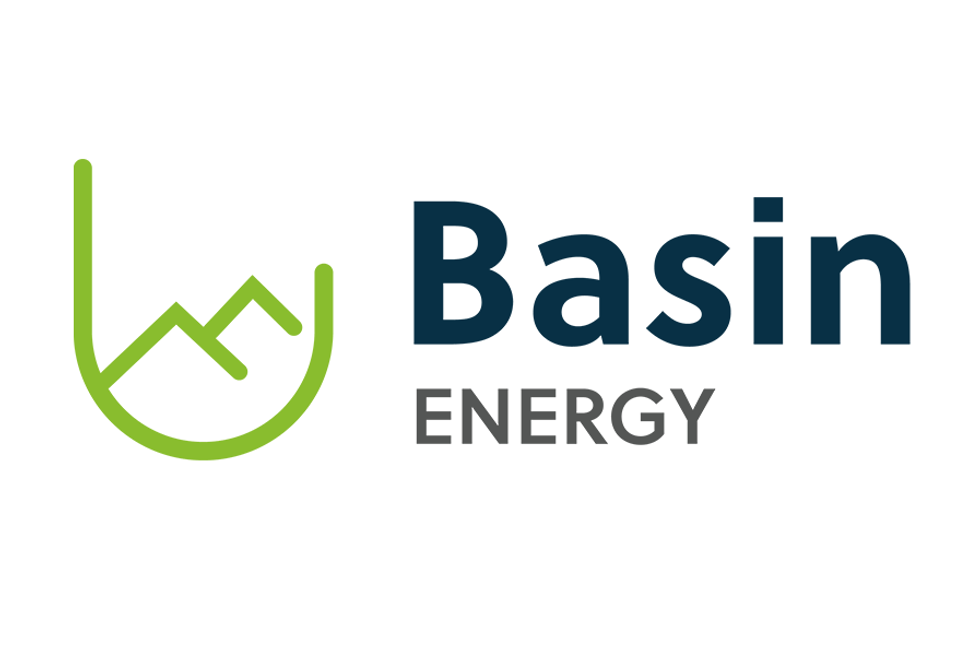The Conversation (0)
2014 could be the year for investors looking for good news in the uranium market.
2014 could be the year for investors looking for good news in the uranium market. Over the last few weeks, the uranium market has started to show some signs of life, and if analysts are correct, those signs could be pointing prices toward the take-off platform that they missed in 2013.
In the last few weeks, both Dundee Capital Markets’ David Talbot and Raymond James’ David Sadowski have released industry research reports hinting none too subtly at bullish uranium market factors. While revisiting the notion of a bullish market might have some investors rolling their eyes and calling the signs ‘old hat’ — particularly given that 2013 has been less than impressive thus far — the flurry of market activity from acquisitions, financings and supply disruptions indicates that something positive is coming.
For its part, Dundee points to significant pieces of industry news that could act as catalysts for uranium prices moving into the new year. To start with, in September, Cameco (TSX:CCO) delayed the start up of Cigar Lake by six months, while mid-November marked the official end to the HEU agreement as the last shipment of low-enriched uranium (LEU) left Russian shores; furthermore, Russia and Kazakhstan called a halt to future development of uranium projects. With those events on the docket, uranium is looking at a shortage of supply, which is good news when it comes to prices. Over the last few weeks, the uranium spot price has climbed to roughly $36 per pound of U3O8, which has Dundee wondering if we’ve seen the bottom in uranium prices.
Also weighing in on the bullishness of the uranium market, Raymond James wrote that it sees some strength in prices and equities continuing early into the coming year before picking up midway through 2014. The firm cites three catalysts that it sees as driving prices in the coming year: Japanese reactor restarts; utilities emerging from a historic hiatus in contracting to address the growing demand of 2016 and beyond; and the possibility of more mine shutdowns.
Shortage of supply could coax price spike
By 2020, Dundee expects uranium demand to be somewhere between 240 and 260 million pounds of uranium; meanwhile, supply is only slated at 200 million pounds.
One of the driving factors behind the reductions in uranium production is low prices, which have made it difficult for most companies to remain profitable. Raymond James writes that “[u]ntil now, the main supply-side victims of post-Fukushima uranium price weakness have been planned development projects – the likes of Trekkopje, Imouraren and Olympic Dam expansion (we estimate over 80 Mlbs/year in pipeline mine supply has been shelved since mid-2011); but only over the last several weeks have we started to see a meaningful reduction of production guidance from existing mines – the CEO of world top producer Kazatomprom is now guiding for flat growth through to 2015; ARMZ/Uranium One is throttling back growth plans in Russia and effectively halting operations in the US and Australia; and Energy Fuels, the US’ only conventional producer, is placing its White Mesa mill on care and maintenance.”
The unfortunate reality is that if uranium prices continue at under $40 per pound, we could be seeing a lot more mine closures in the future. Raymond James sees the potential casualties being “(i) high cost, low grade operations; (ii) owned by publicly-traded companies; (iii) with high (or ramping) exposure to market prices.”
The flip side of that coin, however, is that the lack of supply will spark another price run.
As far as long-term prices are concerned, Dundee is holding its long-term price at US$65 per pound of U3O8. Raymond James is slightly more positive with a long-term price of US$70 per pound.
Securities Disclosure: I, Vivien Diniz, hold no direct investment interest in any company mentioned in this article.
In the last few weeks, both Dundee Capital Markets’ David Talbot and Raymond James’ David Sadowski have released industry research reports hinting none too subtly at bullish uranium market factors. While revisiting the notion of a bullish market might have some investors rolling their eyes and calling the signs ‘old hat’ — particularly given that 2013 has been less than impressive thus far — the flurry of market activity from acquisitions, financings and supply disruptions indicates that something positive is coming.
For its part, Dundee points to significant pieces of industry news that could act as catalysts for uranium prices moving into the new year. To start with, in September, Cameco (TSX:CCO) delayed the start up of Cigar Lake by six months, while mid-November marked the official end to the HEU agreement as the last shipment of low-enriched uranium (LEU) left Russian shores; furthermore, Russia and Kazakhstan called a halt to future development of uranium projects. With those events on the docket, uranium is looking at a shortage of supply, which is good news when it comes to prices. Over the last few weeks, the uranium spot price has climbed to roughly $36 per pound of U3O8, which has Dundee wondering if we’ve seen the bottom in uranium prices.
Also weighing in on the bullishness of the uranium market, Raymond James wrote that it sees some strength in prices and equities continuing early into the coming year before picking up midway through 2014. The firm cites three catalysts that it sees as driving prices in the coming year: Japanese reactor restarts; utilities emerging from a historic hiatus in contracting to address the growing demand of 2016 and beyond; and the possibility of more mine shutdowns.
Shortage of supply could coax price spike
By 2020, Dundee expects uranium demand to be somewhere between 240 and 260 million pounds of uranium; meanwhile, supply is only slated at 200 million pounds.
One of the driving factors behind the reductions in uranium production is low prices, which have made it difficult for most companies to remain profitable. Raymond James writes that “[u]ntil now, the main supply-side victims of post-Fukushima uranium price weakness have been planned development projects – the likes of Trekkopje, Imouraren and Olympic Dam expansion (we estimate over 80 Mlbs/year in pipeline mine supply has been shelved since mid-2011); but only over the last several weeks have we started to see a meaningful reduction of production guidance from existing mines – the CEO of world top producer Kazatomprom is now guiding for flat growth through to 2015; ARMZ/Uranium One is throttling back growth plans in Russia and effectively halting operations in the US and Australia; and Energy Fuels, the US’ only conventional producer, is placing its White Mesa mill on care and maintenance.”
The unfortunate reality is that if uranium prices continue at under $40 per pound, we could be seeing a lot more mine closures in the future. Raymond James sees the potential casualties being “(i) high cost, low grade operations; (ii) owned by publicly-traded companies; (iii) with high (or ramping) exposure to market prices.”
The flip side of that coin, however, is that the lack of supply will spark another price run.
As far as long-term prices are concerned, Dundee is holding its long-term price at US$65 per pound of U3O8. Raymond James is slightly more positive with a long-term price of US$70 per pound.
Securities Disclosure: I, Vivien Diniz, hold no direct investment interest in any company mentioned in this article.






